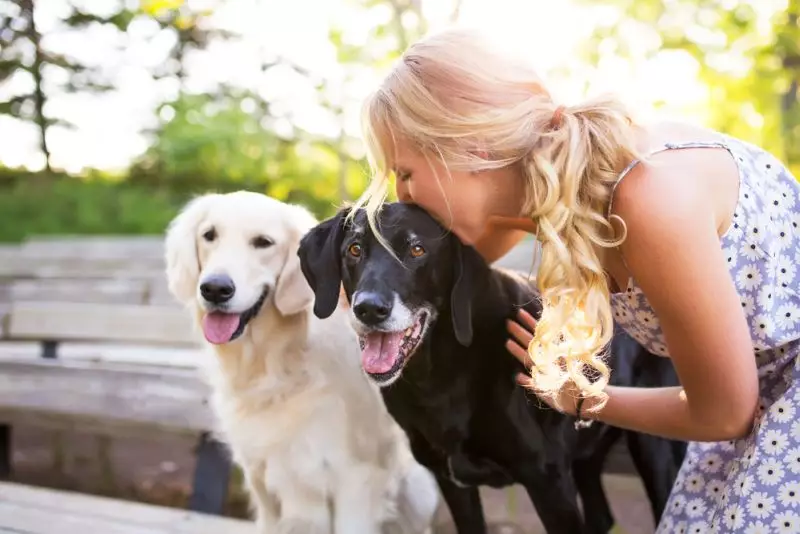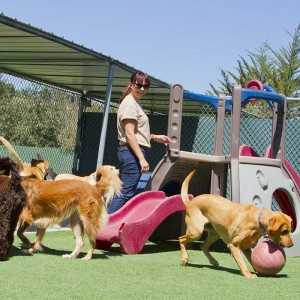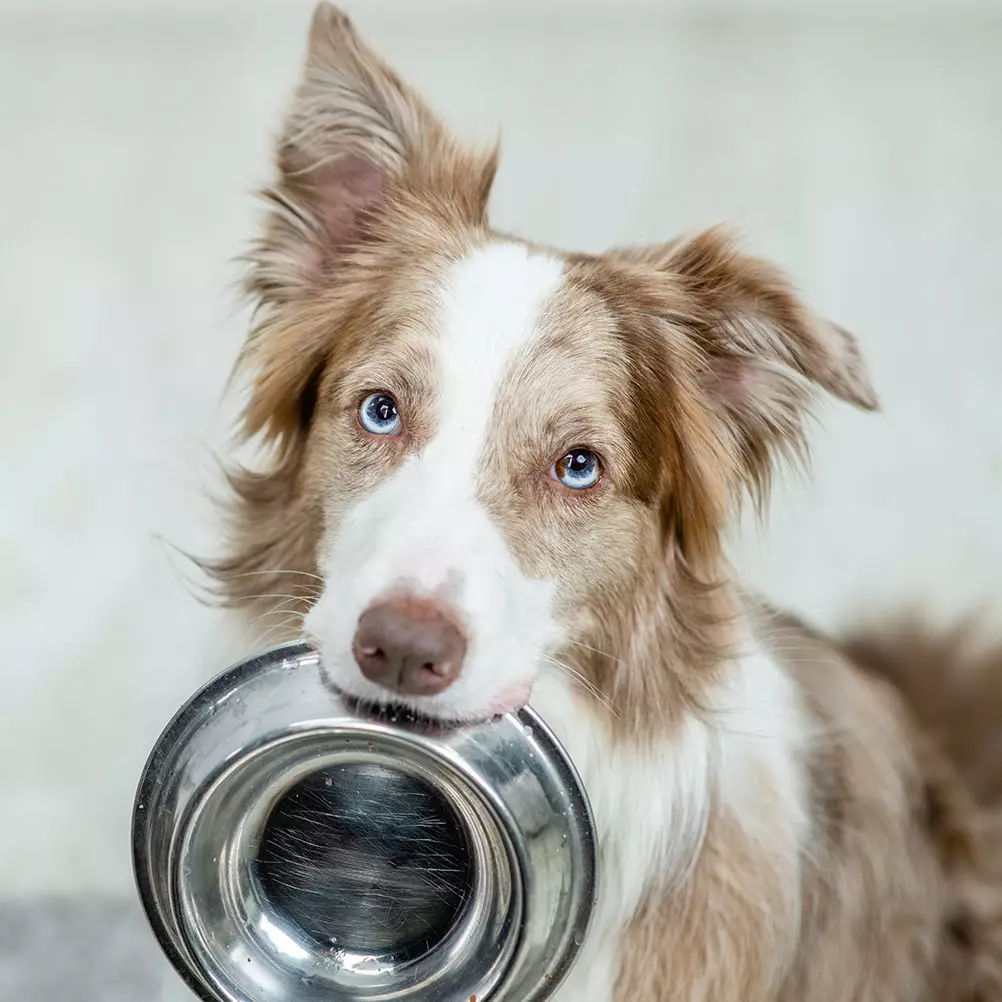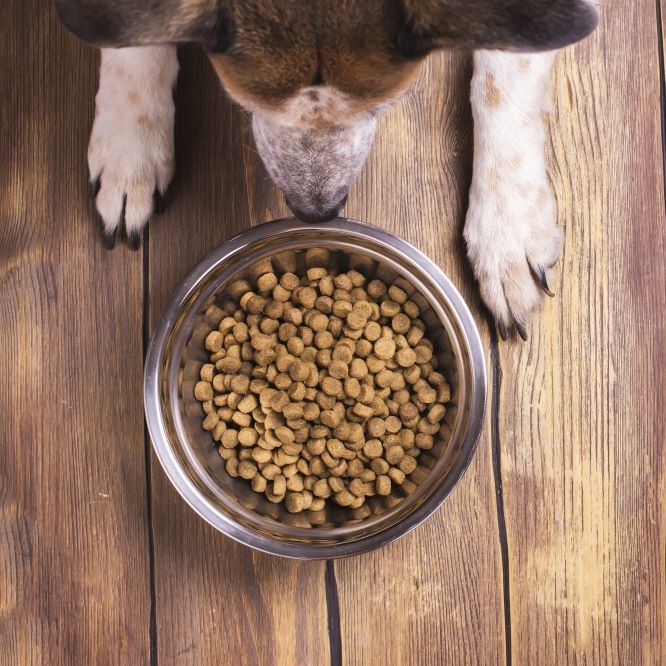Crate training your puppy – practical uses and tips
 For many people, crate training is a relatively new concept and crates have been long thought of only as tools for transport. And indeed, having a comfortable and trusted capsule for the car will help to calm travel anxiety. But the reality is that the crate has many more practical and effective uses, and when executed properly, crate training is a fantastic way of developing clear boundaries and implementing discipline.
For many people, crate training is a relatively new concept and crates have been long thought of only as tools for transport. And indeed, having a comfortable and trusted capsule for the car will help to calm travel anxiety. But the reality is that the crate has many more practical and effective uses, and when executed properly, crate training is a fantastic way of developing clear boundaries and implementing discipline.
 Crate training is also useful for a variety of other situations, including house training and safety. The idea is that the crate provides your dog with a short-term, comfortable containment that will keep it from injuring itself or getting up to mischief when unsupervised.
Crate training is also useful for a variety of other situations, including house training and safety. The idea is that the crate provides your dog with a short-term, comfortable containment that will keep it from injuring itself or getting up to mischief when unsupervised.
We’ve put together some useful tips and techniques for crate training your puppy and explain how to use the crate most effectively.
The crate as a bedroom or den
Crating you dog at night is a great way to establish a good night-time routine that will better fit in with your lifestyle and busy schedule. If you crate dogs up at night time or any other time you’re not available to supervise them, they will view the crate as their bedroom, den or private space.
It’s important to introduce your dog to the crate gradually, by placing him in it for short periods during the day over a number of weeks, before leaving him alone in it overnight. Young dogs may develop separation anxiety if you move things along too quickly. Also be aware that some dogs may experience fear or anxiety when it comes to being contained in a crate.
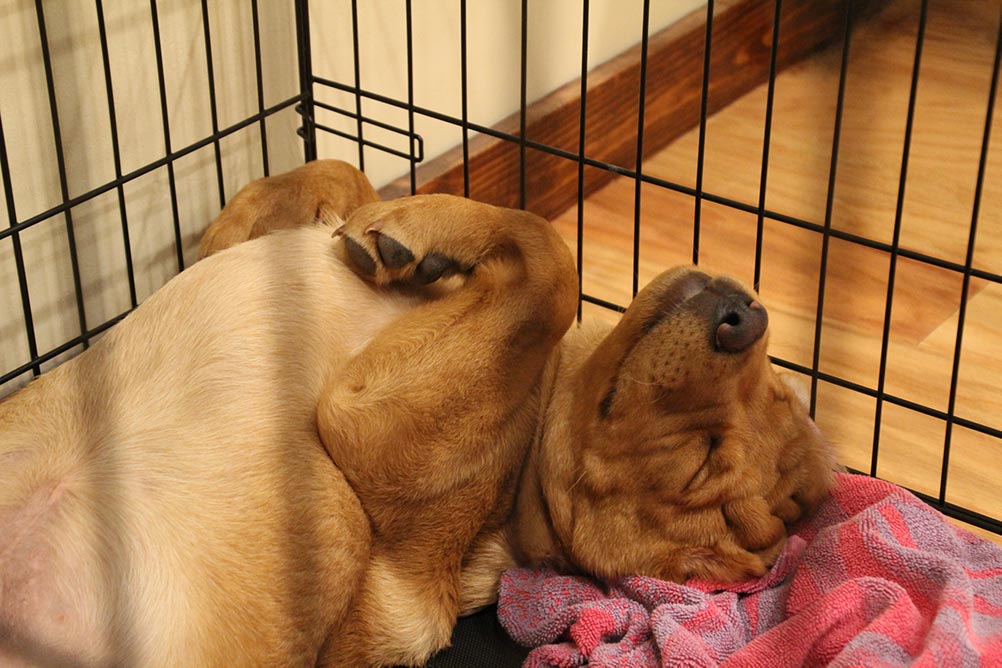
The most important thing is to develop a positive attitude towards the crate. Make sure the crate has sufficient room for your dog, that it’s comfortable and some of your dog’s favourite toys are within reach. Feeding the dog inside the crate is another great way to develop a positive attitude, as are games that include play inside the crate.
Tip 1: make the crate a warm and inviting space
To encourage your dog to enter and stay inside the crate willingly, make it a cosy and comfortable space with soft blankets and familiar scents. You can also put a favourite soft toy or chew toy inside, or make use of a few tasty treats to lure your dog inside, and a few more to reward him once he’s settled in.
Tip 2: stay in sight initially
When your dog is ready to spend the night in the crate, remain nearby and in view for a short while, until your dog is quiet and settled in.
The crate as a toilet training tool
Crate training for night-time can also be beneficial when it comes to house training your dog. Just like humans, a dog’s body will slow down whilst they sleep and the need to defecate will not be nearly as pressing during the night time hours. Additionally, dogs will avoid defecating in their own living quarters at all costs.
Tip 3: be prepared for accidents
With younger puppies, toilet training can be a trial and error process and it’s best to be prepared for the likelihood of accidents. Keep cleaning supplies and fresh bedding handy for a quick clean-up in case you are woken in the night.
The crate as a time-out zone
The crate is a great way to contain your puppy as and when required. Using the crate as a time-out zone will help your dog learn from a young age that inappropriate and/or destructive behaviour will not be tolerated, especially when it comes to furniture and food.
 Be sure to send the dog immediately to the crate for roughly 10 to 20 minutes each time they require a time-out; just like kids, they will soon learn what is acceptable behaviour and what is not. However, unlike children, if they not sent to time-out immediately after the unacceptable behaviour, they will not associate the cause with the effect.
Be sure to send the dog immediately to the crate for roughly 10 to 20 minutes each time they require a time-out; just like kids, they will soon learn what is acceptable behaviour and what is not. However, unlike children, if they not sent to time-out immediately after the unacceptable behaviour, they will not associate the cause with the effect.
Many people make the mistake of containing the dog in the crate for time-out only when they haven’t got the time to supervise, and allowing the dog to run free at other times. As with all training and discipline, consistency across all circumstances is the key to success.
Tip 4: playfulness isn’t misbehaviour
Young dogs need a lot of attention from their owners and many new owners make the mistake of interpreting playful eagerness as misbehaviour. Avoid sending your puppy to time-out for behaviours like jumping up on you when you arrive home or for darting about the house with glee; these are all perfectly normal signs of happiness.
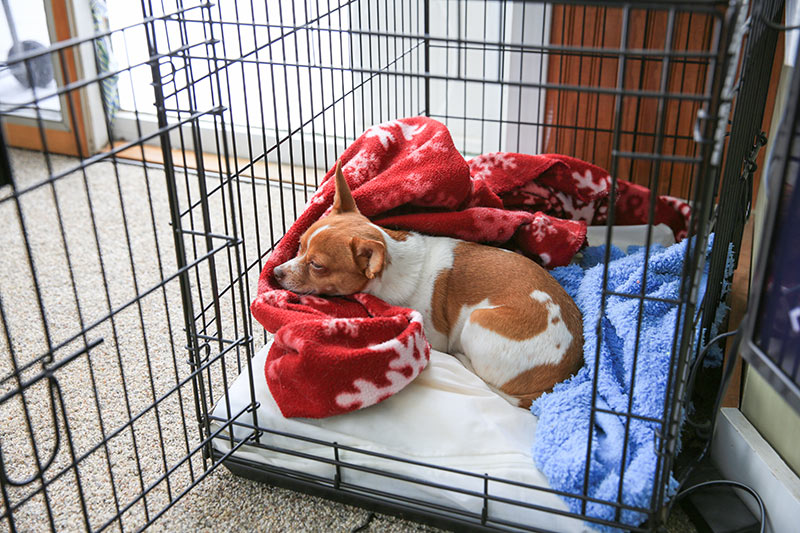
The crate as a safe place
Crating is a perfectly acceptable way to keep your dog safe while you are away from home for a couple of hours or so during the day. Many dogs are less anxious when left alone at home confined in their crate than when they are allowed to wander freely around the house.
The rule of thumb is that crated adult dogs should be given a break at least once every four hours or so. The younger the dog, the less time the dog should be crated.
Tip 5: don’t overuse the crate
While crating is a perfectly acceptable way to keep your dog safe while you are away from home, crating your dog for hours upon hours at a time during the workday is not advised. Unfortunately, some owners get into the habit of crating their dog whenever they’re not available to supervise the animal and this can include work days of hours on end. If you have no other option, be sure to come home during your lunch break to give your dog a toilet break and some exercise.
Tip 6: vary the time spent in the crate
During crate training it’s best to vary the amounts of time your dog will spend in the crate. Dogs will get into the habit of expecting to be released at certain times of the day if the training phase is not varied. While it’s good to get them into good toilet routines, crating should not be used as a device to deny them their natural functions.
Puppies are very adventurous and highly accident prone, and often end up hurting themselves whilst they are still growing. Their underdeveloped immune system means they are also vulnerable to getting infections and catching diseases.
It is important to take out pet insurance from the very start, to ensure that your puppy is always covered and before any pre-existing conditions are diagnosed. Get 2 months free pet insurance for your puppy2!



Please note, any pet insurance advice provided is general only. Refer to the applicable Product Disclosure Statement for details of Bow Wow Meow Pet Insurance cover.

